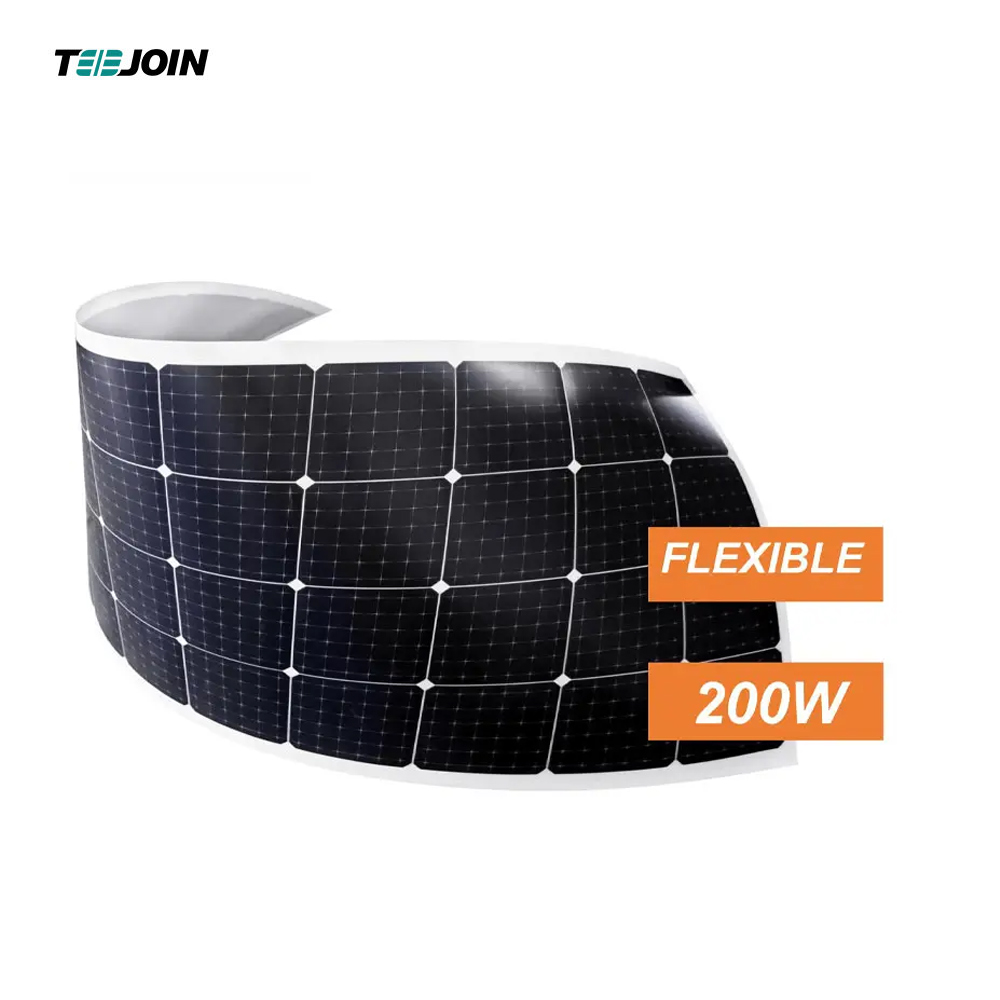Understanding Solar Energy Systems and their Components
A solar energy system, also known as a solar power system or photovoltaic system, is a setup designed to capture sunlight and
convert it into usable electricity. Solar energy systems typically consist of several key components:
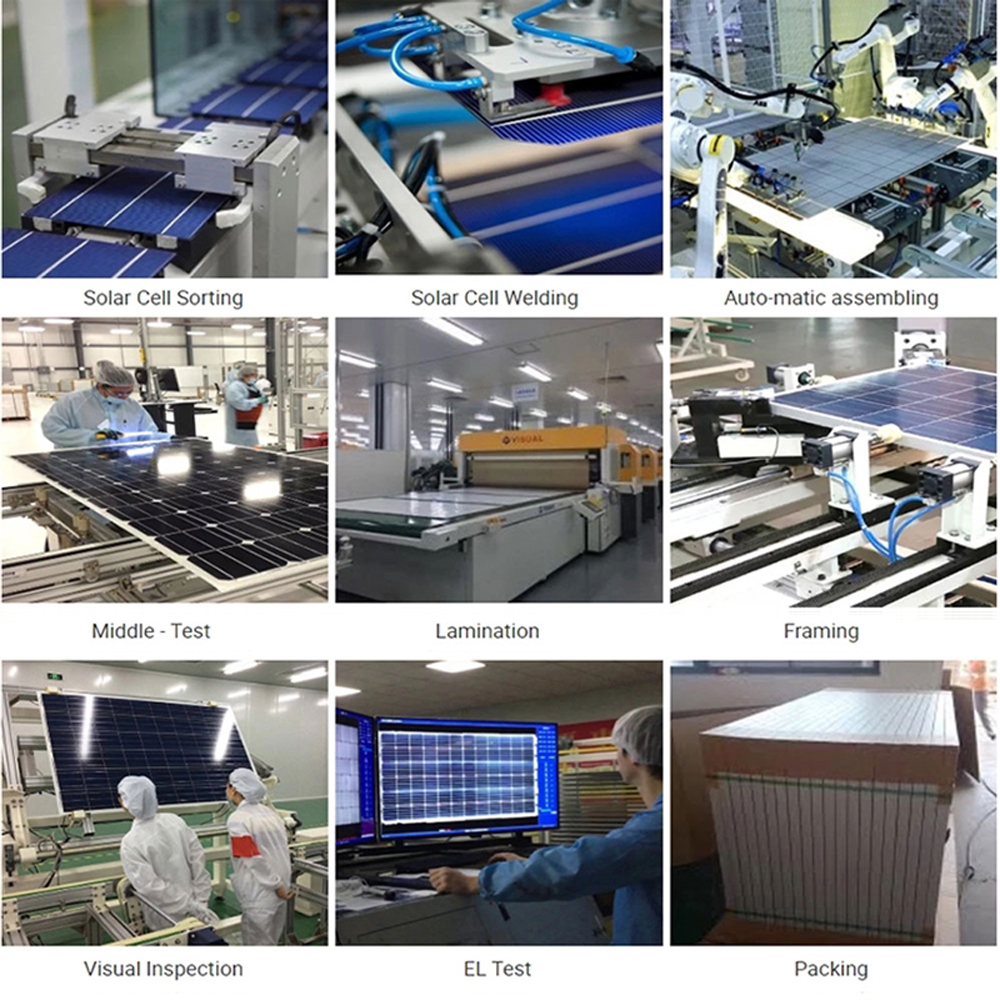
Flexible Solar Panels (Photovoltaic Modules):
These Flexible solar panels consist of solar cells that capture sunlight and convert it into DC electricity,Requires solar panels to
absorb energy and generate electricity to be transmitted to the home energy storage system through cables, generally using Li-
fepo4 batteries, lithium batteries Energy storage systems to store the full power through the inverter into the home use of DC el-
ectricity

SOLAR Inverter:
The DC electricity generated by the solar panels needs to be converted into alternating current (AC) electricity, which is the type
of electricity used in homes and businesses. An inverter is used to perform this conversion.TEEJOIN SOLAR ENERGY can customise
or supply solar inverter PCBAs for each customer.
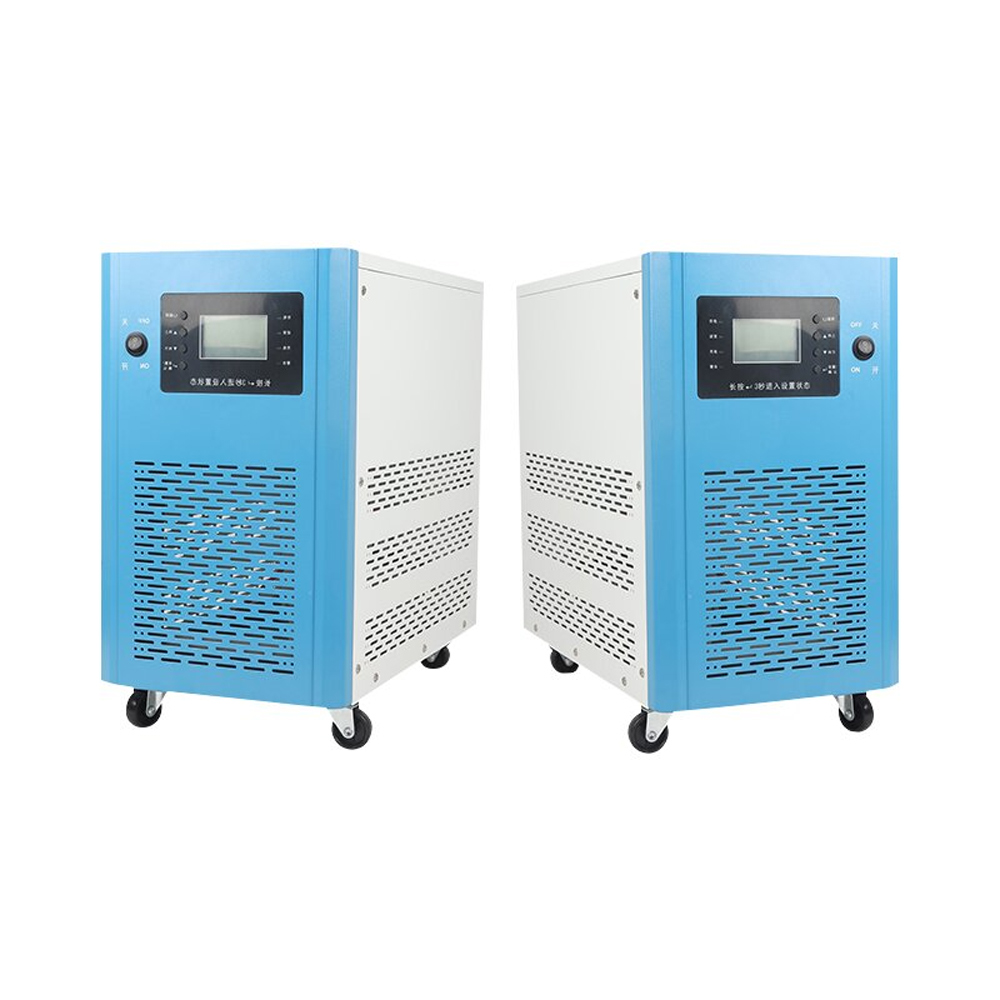
Mounting Structure:
Solar panels are installed on mounting structures, such as racks or frames, to support and position the panels for optimal sunlight
exposure.The things you need to install a solar system are: photovoltaic modules (purchased solar panels), batteries (life batteries),
inverter (deye or custom inverter), cables, photovoltaic convergence box, photovoltaic racking, solar controller and some other ins-
tallation tools or spare parts needed for the solar system.
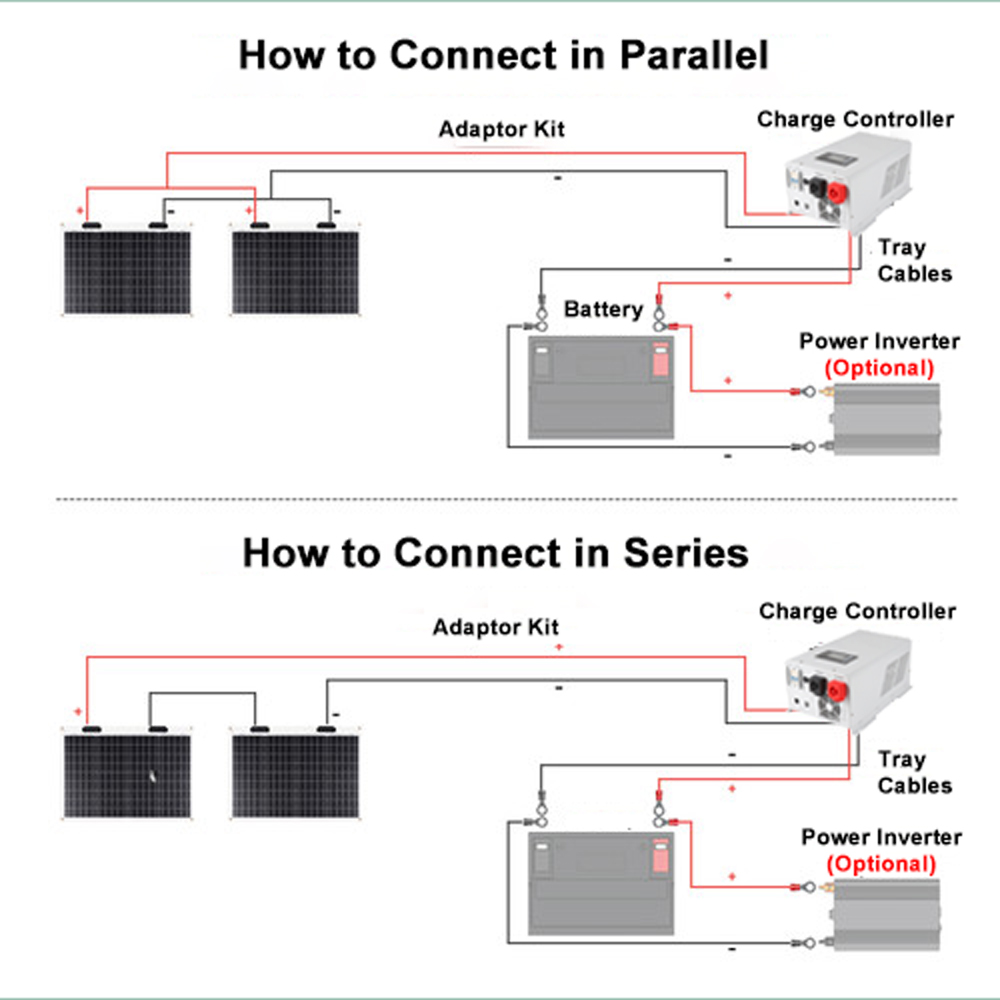
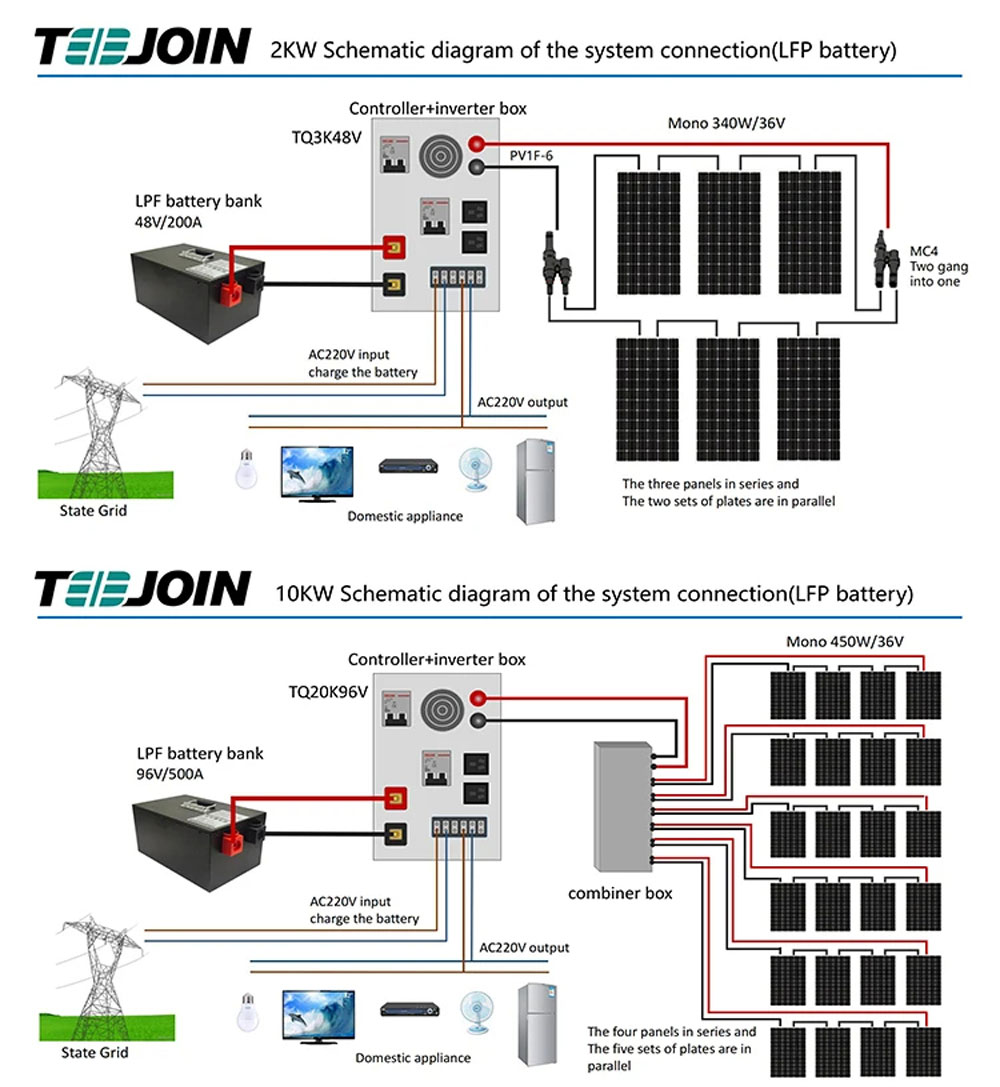
Racking and Mounting:
These components are used to securely attach the solar panels to the roof, ground, or other installation locations.
Solar photovoltaic racking, is a solar photovoltaic power generation system in order to place, install, fix solar panels designed spec-
ial bracket. General materials are aluminum alloy, carbon steel and stainless steel.
Solar support system related products made of carbon steel and stainless steel, carbon steel surface to do hot-dip galvanized treat-
ment, outdoor use for 30 years without rust. Solar photovoltaic support system is characterized by no welding, no drilling, 100% ad-
justable, 100% reusable.
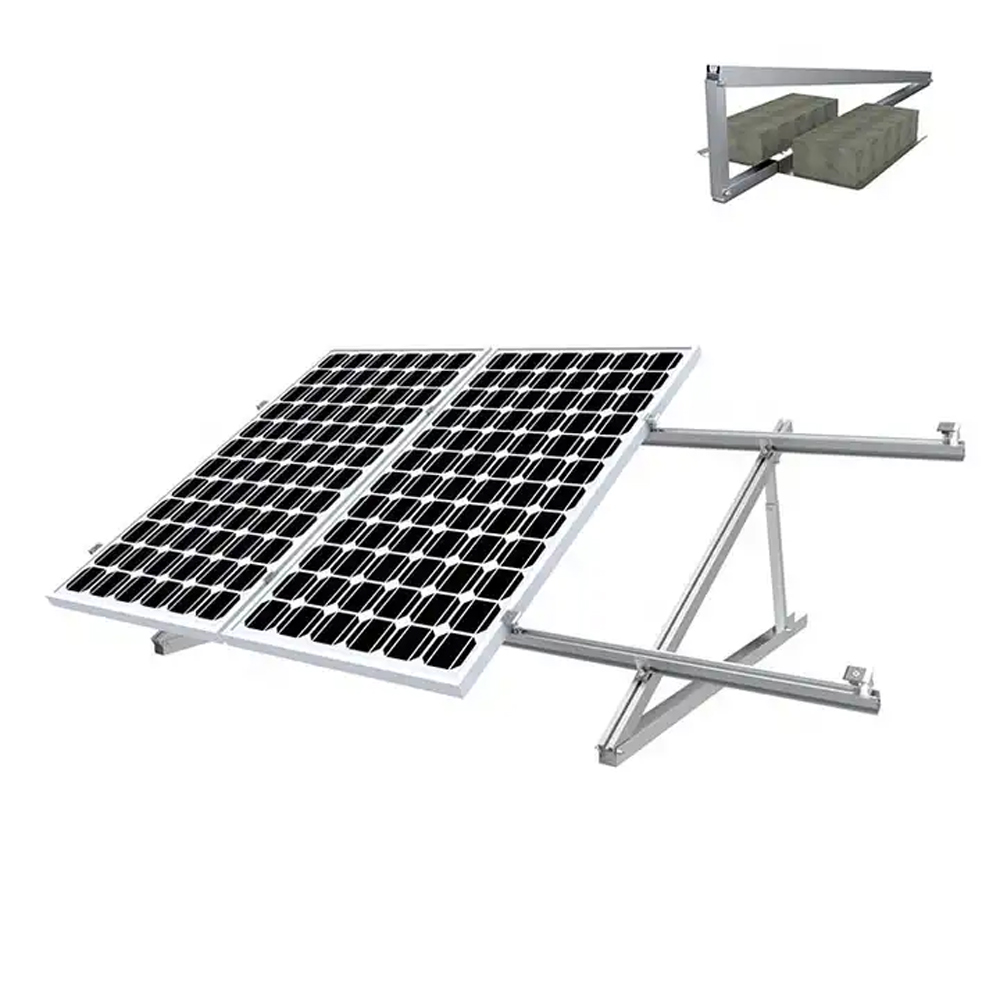
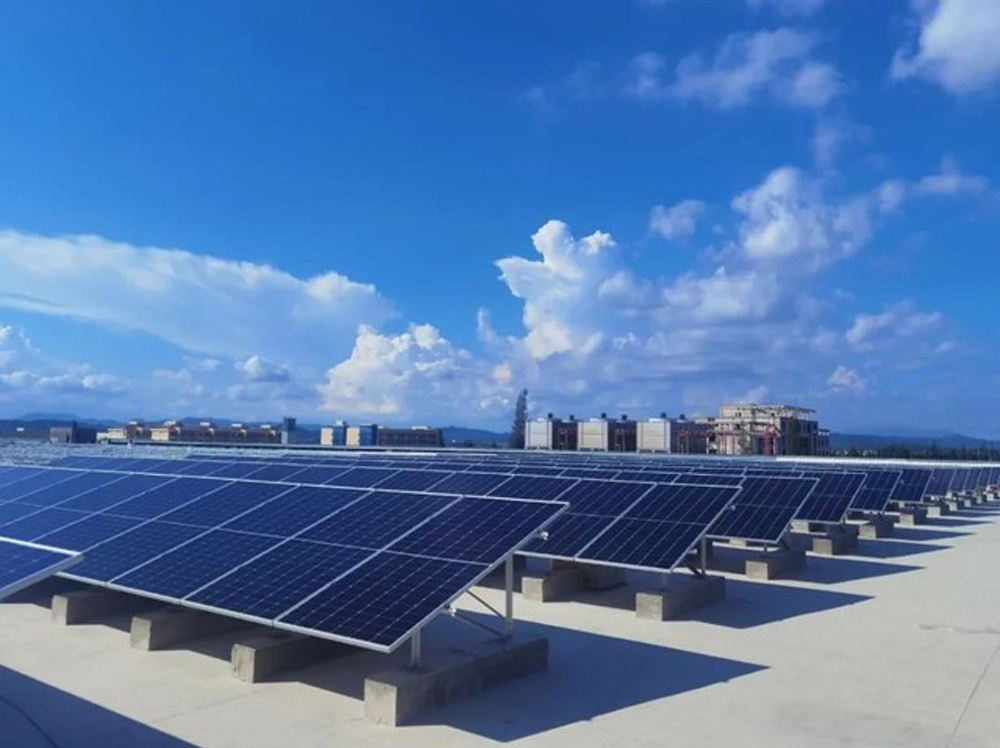
Electrical Wiring and Components:
The system includes wiring, circuit breakers, and other electrical components to safely and efficiently connect the solar panels to the
electrical system of the building.
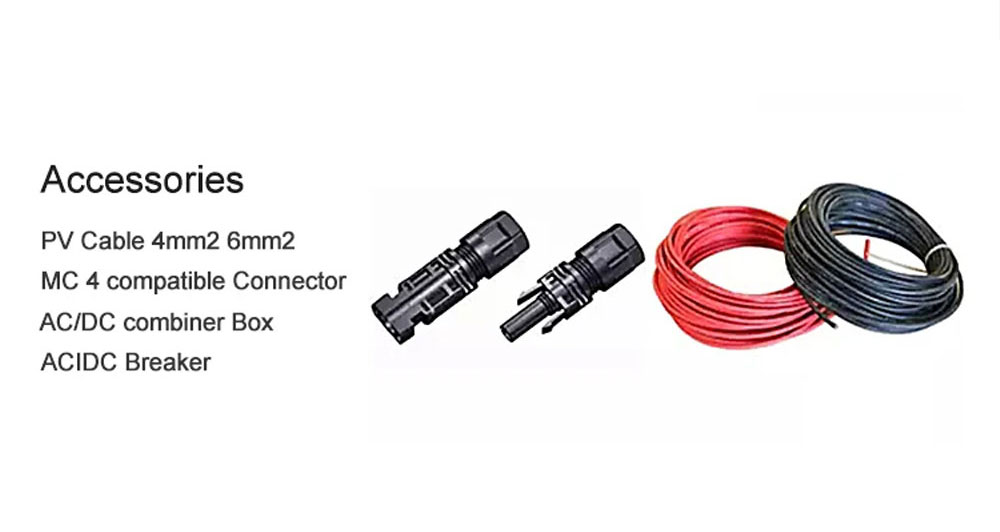
Energy Storage System(Optional):
Some solar energy systems include energy storage solutions, such as batteries, to store excess energy generated during the day for
use during periods of low sunlight or at night.
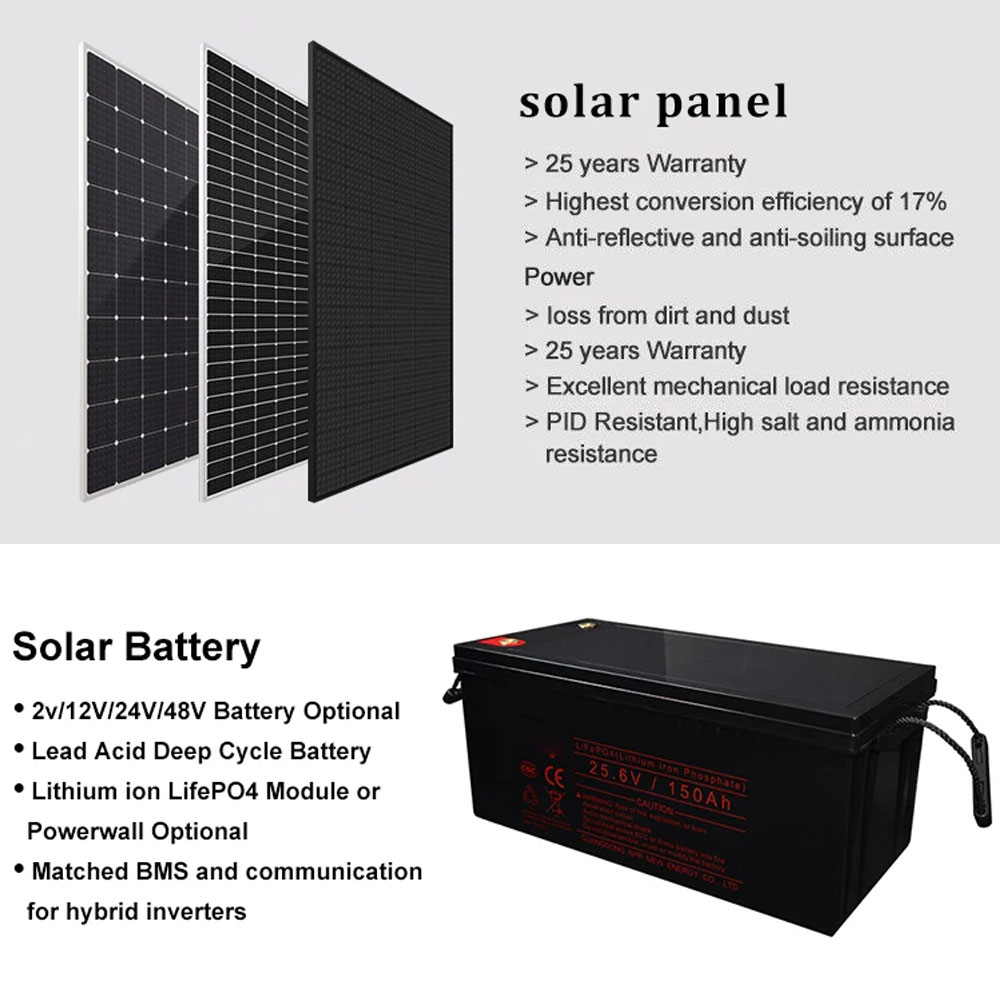
Solar energy systems can be designed for residential, commercial, or industrial applications. They offer a sustainable and renewable
source of electricity, reducing reliance on traditional fossil fuel-based power sources and lowering carbon emissions.
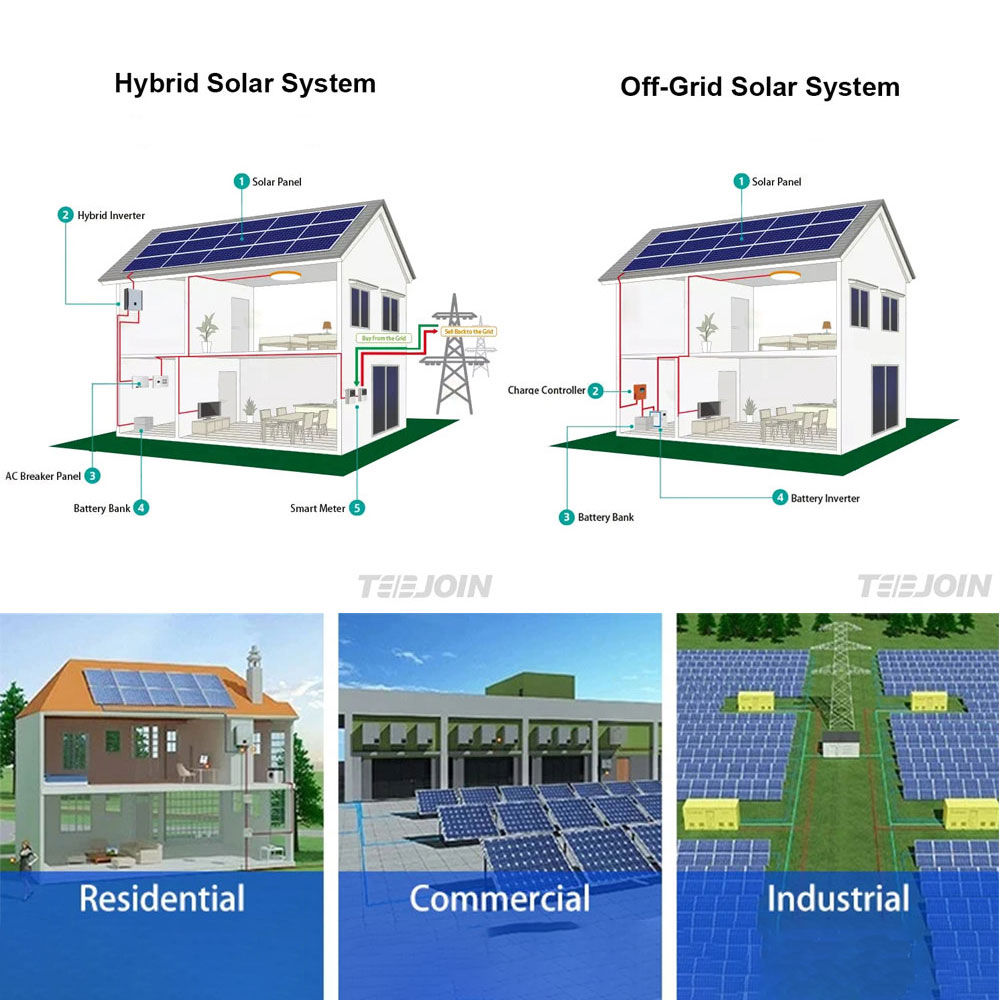
The size and capacity of a solar energy system can vary based on energy needs, available space for solar panel installation, and other
factors. Additionally, grid-tied solar systems are connected to the utility grid, allowing excess electricity to be exported to the grid, w-
hile off-grid systems operate independently, using batteries or other storage solutions to meet energy needs when sunlight is not av-
ailable.
Overall, Solar Energy Systems provide Electricity for home or business
Whether for domestic or industrial use, solar energy systems are an environmentally friendly, cost-effective energy solution that prov-
ides you with clean, renewable electricity and heat. By choosing a solar system, you not only contribute to the environment, but also
save on energy costs and enjoy a reliable supply of electricity.
Fill out the form below for the latest solar product prices "pv panels cost, Flexible Solar Panels, Solar Energy Generator,
Foldable Solar Panels, Solar Systems, Lifepo4 Energy Storage Systems, Solar Cleaning Tools, EVA Film Processing".
Follow Us ! TEEJOIN SOLAR Power

